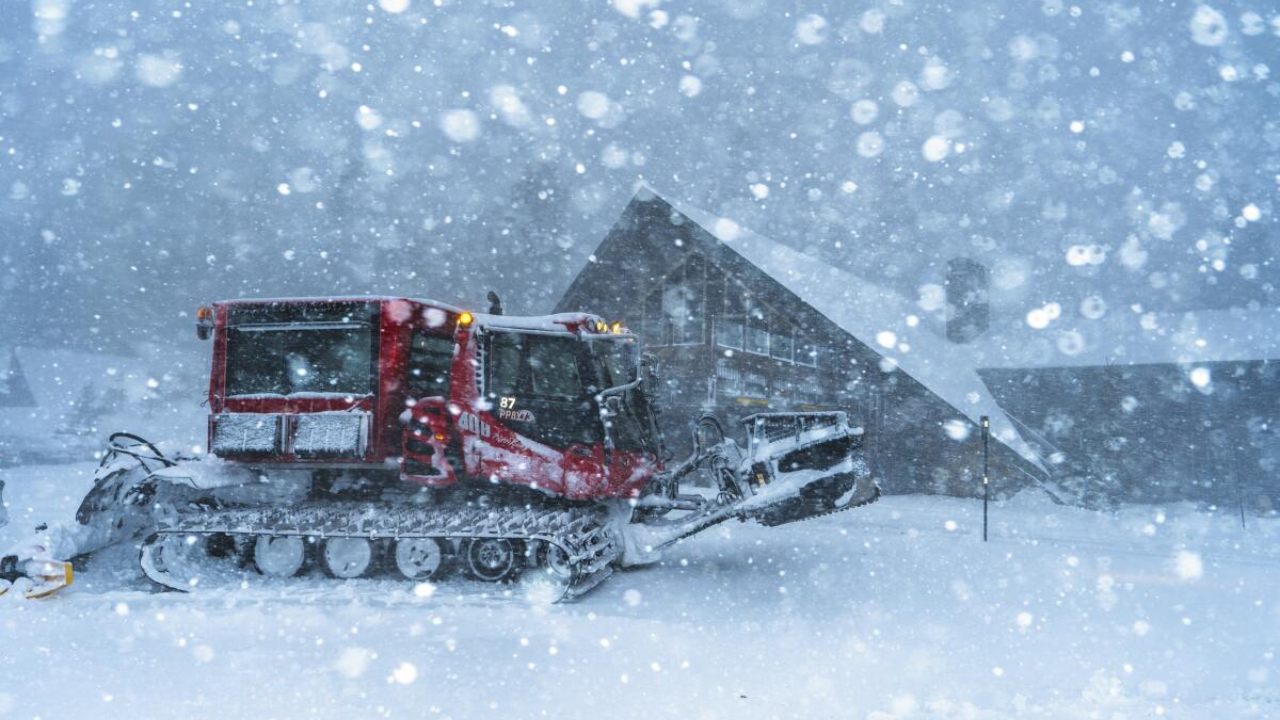Over the weekend, a powerful spring storm swept through Northern California, leaving a lasting impact on the Sierra Nevada Mountain range. Despite the season transitioning towards its end, the storm brought an unexpected deluge of snow, setting a remarkable record for the 2023/2024 winter season.
The University of California’s Berkeley Central Sierra Snow Lab, a renowned institution for monitoring snowfall patterns, reported an astounding accumulation of 26.4 inches (67 centimeters) of snowfall on Sunday. This measurement surpassed the previous record set earlier in the season on March 3rd, highlighting the intensity and unpredictability of the storm.
As the storm raged through the region, it wreaked havoc on transportation routes, prompting the closure of several key highways near Lake Tahoe. Interstate 80, a vital artery connecting California to neighboring states, was among the affected routes, with treacherous driving conditions making travel hazardous.

In addition to the significant snowfall, the storm brought heavy rainfall to parts of the Bay Area, exacerbating concerns of flooding and waterlogged roadways. Wind gusts reaching speeds of up to 40 mph (64 kph) near San Francisco further intensified the impact of the storm, causing disruptions and discomfort for residents and travelers alike.
Despite the disruptive nature of the storm, meteorologists anticipate a return to drier and warmer conditions in the days ahead. However, the unprecedented snowfall serves as a stark reminder of the region’s susceptibility to extreme weather events and the importance of preparedness and resilience in the face of such challenges.
Nurses Struggle with Low Pay and High Living Costs: The Toughest Cities!
Florida Residents Calling a Lot More About Seeing Animals Around!
As communities in Northern California begin to assess the aftermath of the storm and embark on recovery efforts, the record-breaking snowfall stands as a testament to the dynamic and ever-changing nature of the region’s climate. It also underscores the vital role of scientific research and monitoring in understanding and mitigating the impacts of extreme weather events on both local ecosystems and human populations.

